Everything about winter sports is just so much fun! From enjoying the feel of the fresh, crisp air in your lungs to the chill of the powdery snow, even to warming up afterward by the fireplace with a warm cup of cocoa. It really makes you feel alive!

Snowboarding is a fantastic winter sport enjoyed by pretty wide age range. While it does take a bit of practice to get the hang of things, it’s really not too difficult once you learn the basics.
Planning Your First Snowboarding Trip
If you’re ready to take the plunge and start shredding the mountains – or at least giving it the ol’ college try – you’ll want to research some ski resorts and find a great location. There are a few things to keep in mind while making this selection.
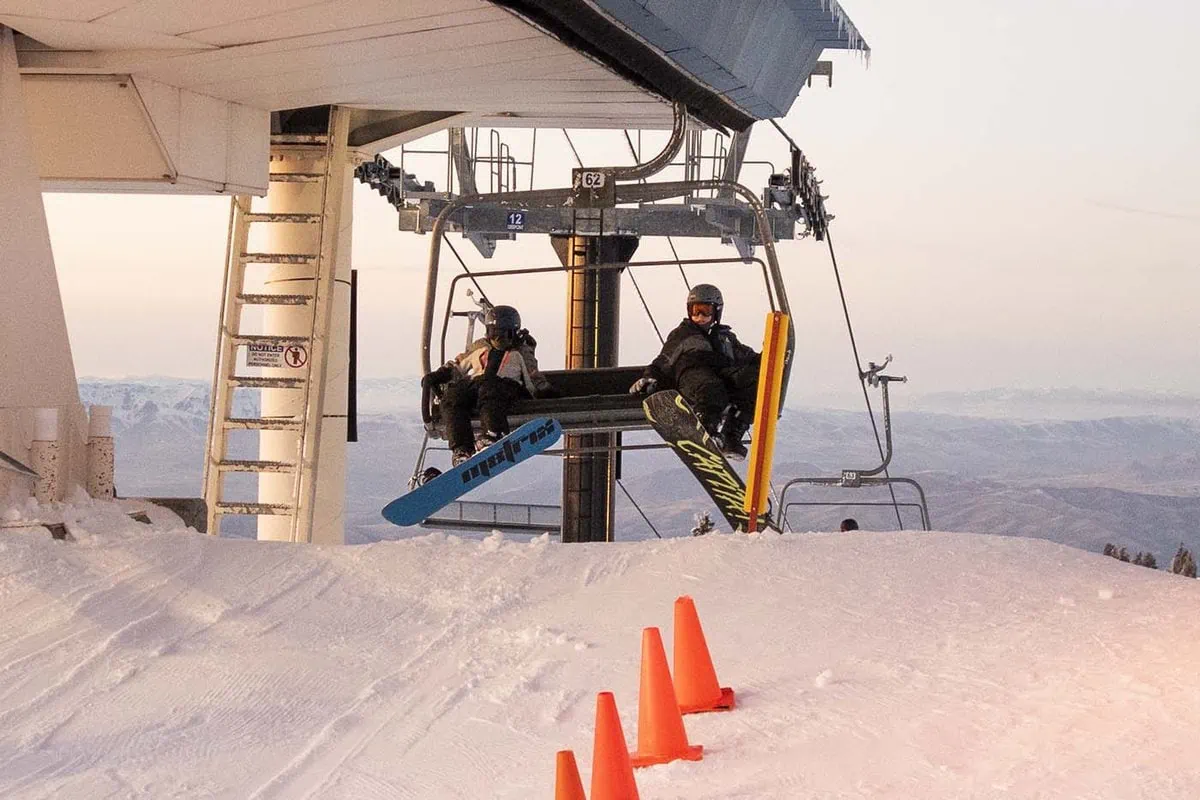
First, you’ll need to take a look at your budget and how far you’re willing to travel. Then search the resorts in that area to see which offer lessons for beginning snowboarders and what kind of trails are available for you as you learn. Finally, you’ll need to look at the accommodations if you’re staying longer than the day and what amenities are offered to both day pass holders and to the overnight guests of the resort. Find the ski resort that fits your needs and budget, then book your reservations to get on the slopes!
Should Beginners Rent or Buy Snowboarding Equipment?
The costs of snowboarding equipment can add up quickly, so until you’re certain that this is a sport you will stick with, it might be beneficial for you to rent your equipment while you’re learning to snowboard. Most ski resorts rent good quality snowboards and boots at reasonable daily or weekend rates, but you may want to reach out to book early. Once their inventory is exhausted, you’ll find yourself on the mountain without any gear!
Choosing the Right Snowboard
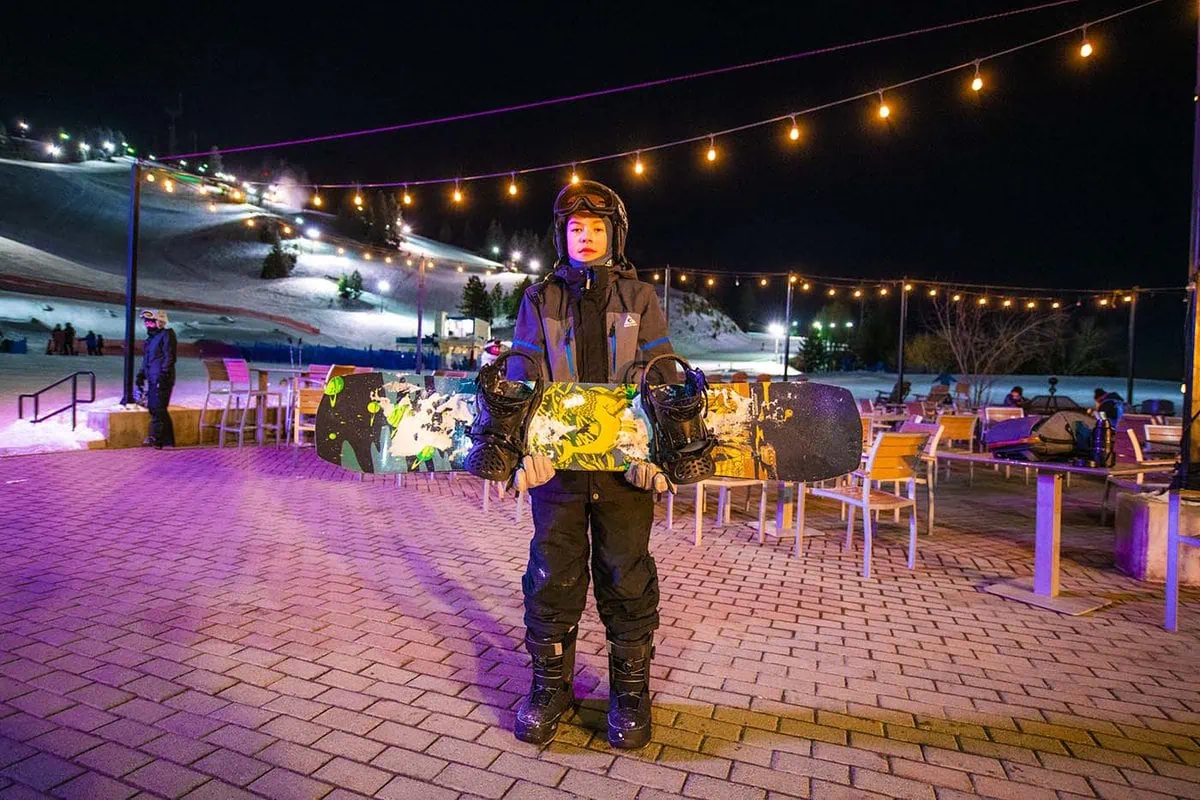
If you choose to purchase a board, there is a lot that goes into choosing a snowboard that is a good fit for you. Of course, you want one that is aesthetically pleasing, but a great-looking board might not always be the one that will work best for what you want to do on the snow.
Board Length and Width – Your board length will correlate directly with your own height and weight. It is important to make sure that you find the correct board size on any sizing guides available for the board you’re considering so that you’ll purchase something you’ll be able to control well. A board that is too wide may be hard to shift, while an overly narrow board may cause you to drag your toes as you lean into a turn.
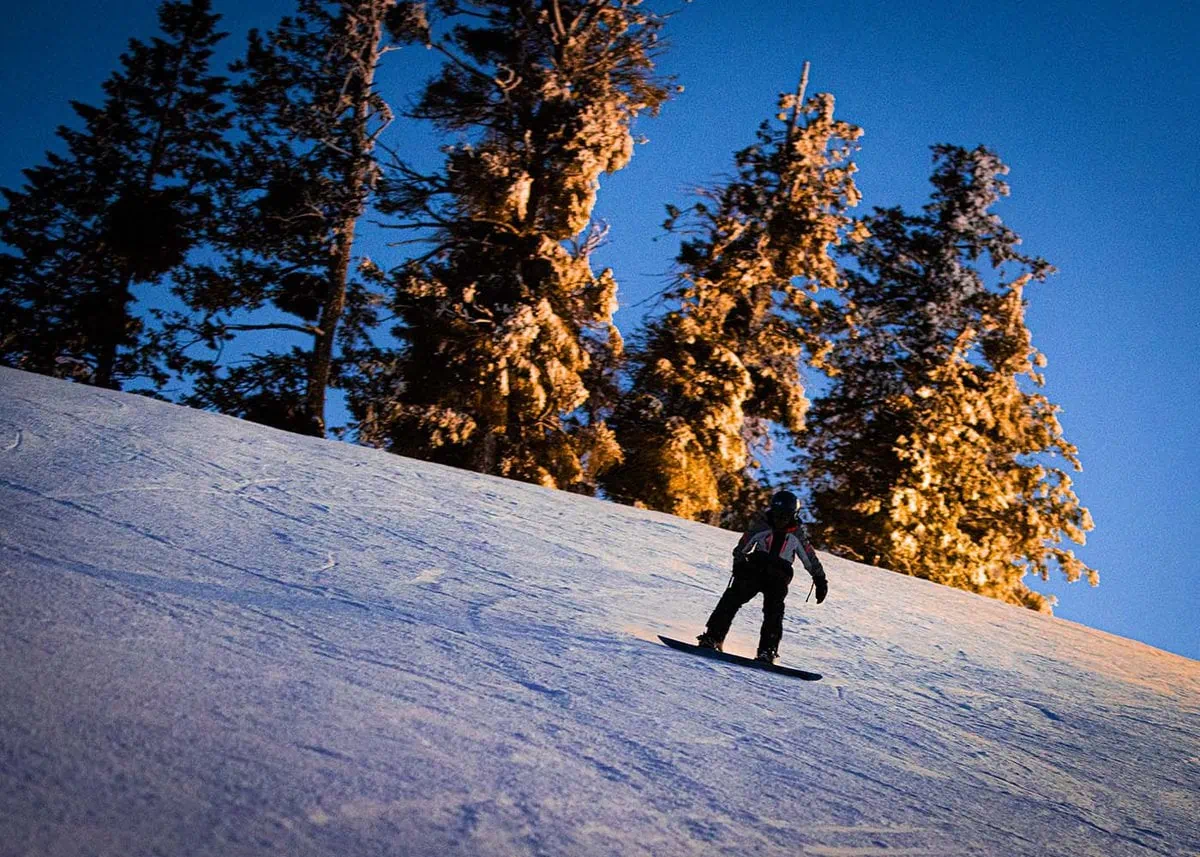
Board Type – Different board types work best for different runs. An all-mountain board is probably the best starting point for beginners because of its centered stance and flex. As you progress, you can move up to freestyle or freeride boards, which are designed for tricks or tougher terrain than a newbie can handle.
Flex – The level of flex in your snowboard makes a big difference in how it handles on different surfaces and terrain. Boards with softer flex are best for those who are learning. You may want to stay away from stiffer boards until you’ve gotten a feel for the sport and have a little experience under your belt.
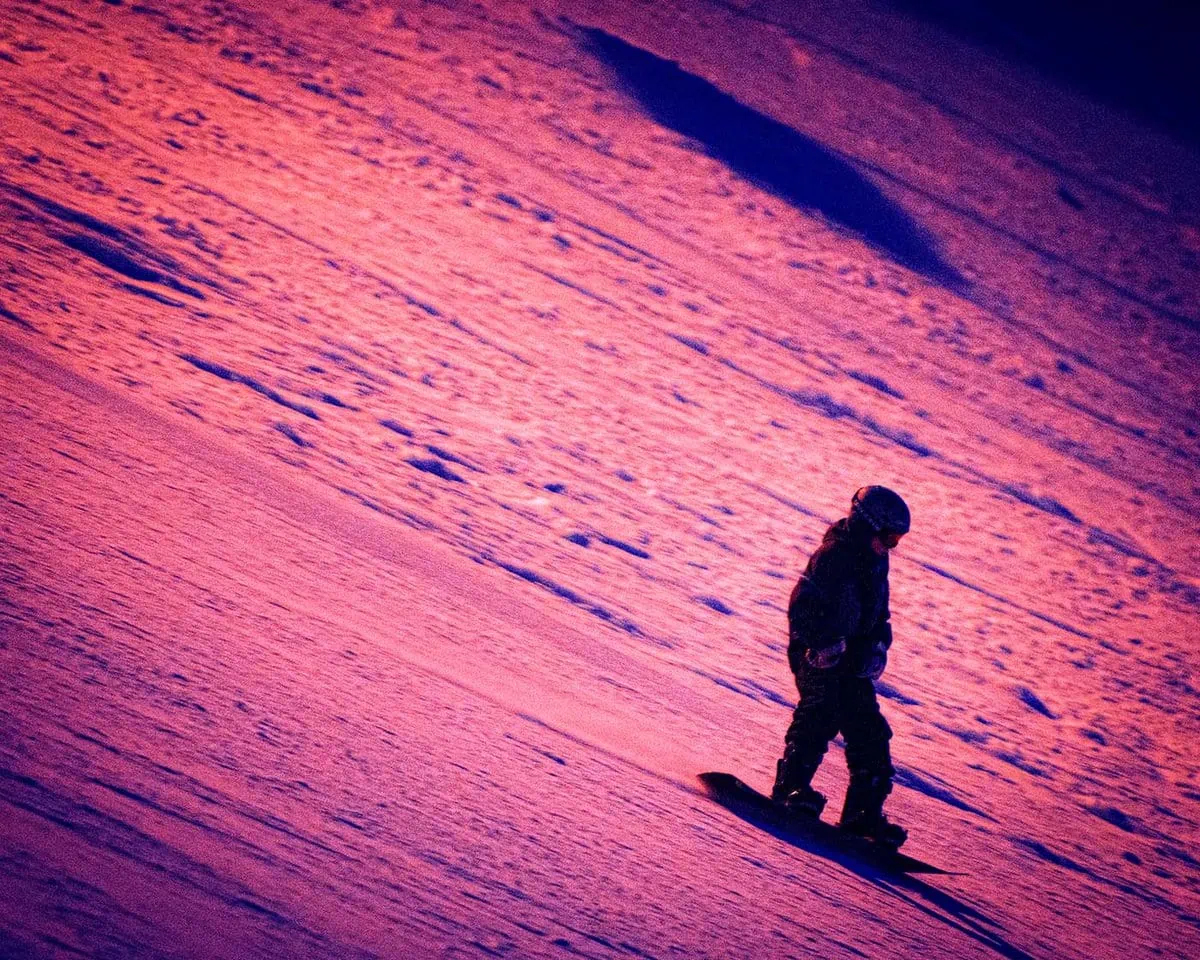
Profile – Another thing you’ll need to consider when choosing is the profile of your snowboard. Camber boards are better for those who have some experience on the snow, as the ends are closer to the ground and can be easier to catch an edge. For beginners, a rocker board will allow you the chance to get a feel for turns and help reduce nasty tumbles. Hybrid boards also tend to work well for beginners and those of various skill levels, as they have some of the features of both profiles.
Snowboarding Gear for Beginners
In addition to your board, there are some other pieces of gear that you will want to pick up before your first time snowboarding.
Bindings – Select bindings that fit the flex of your boots and board, plus the bolt pattern of your board. Beginners should look for shorter, more flexible highback plates and ensure that they are comfortable when strapped in.
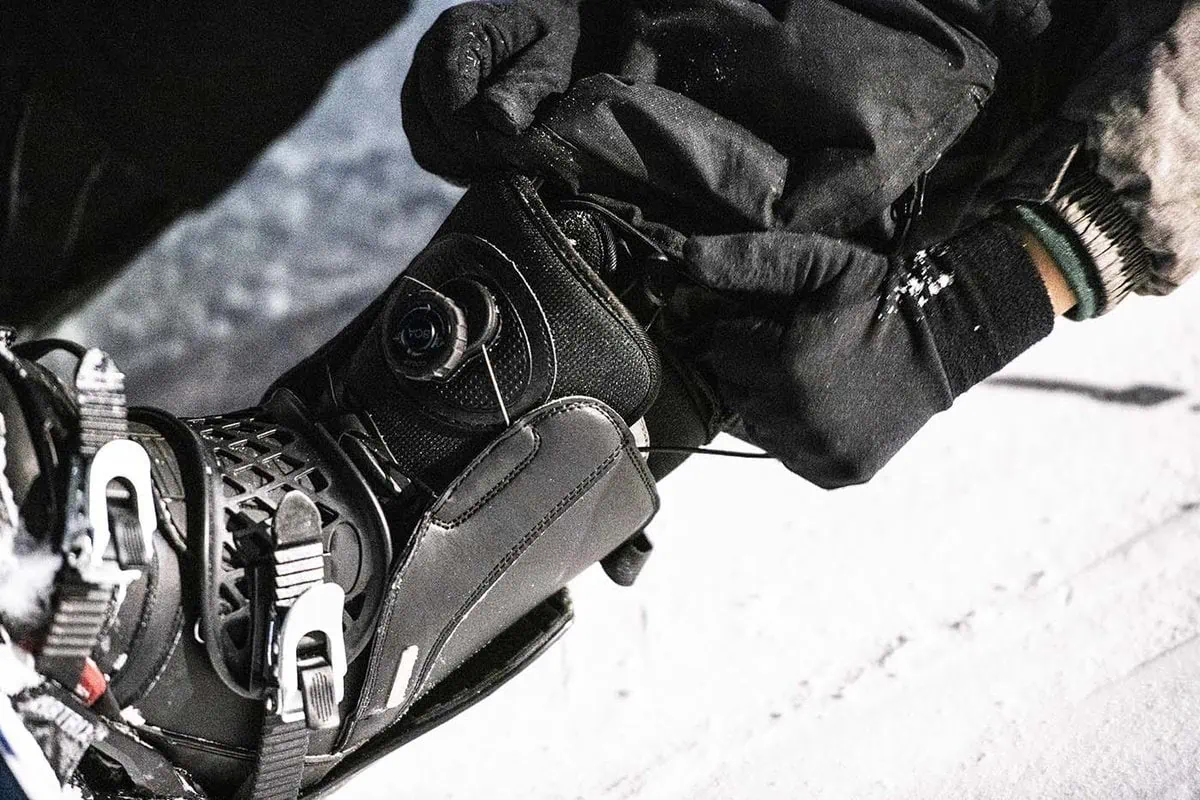
Boots – Look for a pair of snowboard boots that fit tightly initially, but do not cause pain. You’ll want a bit of room to move your toes, while your heels should be stable when you bend your knees. Be sure to invest in a good boot liner to help protect your feet, as well.
Helmet – A helmet is a safety must, as there is a real risk of head injury in a fall. There are a variety of effective styles so you can easily find one that is comfortable for you.
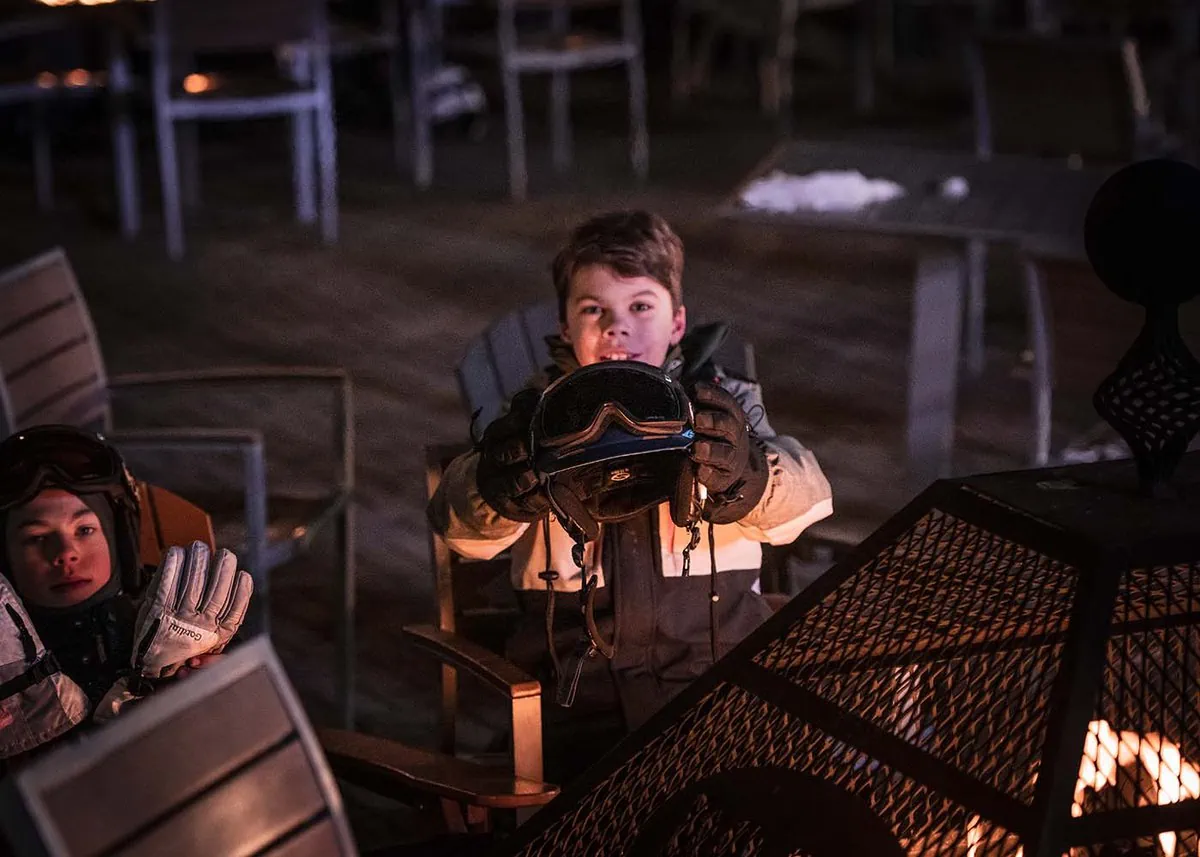
Wrist guards – Some snowboarders find that wrist guards are helpful to protect them when they take a tumble. Falls are inevitable, so protecting yourself is always a wise move.
Goggles – Goggles typically serve a couple of purposes. They help to reduce the glare off the snow, making it easier to see. They also protect your eyes from flying debris and ice that may be kicked up on the slopes.
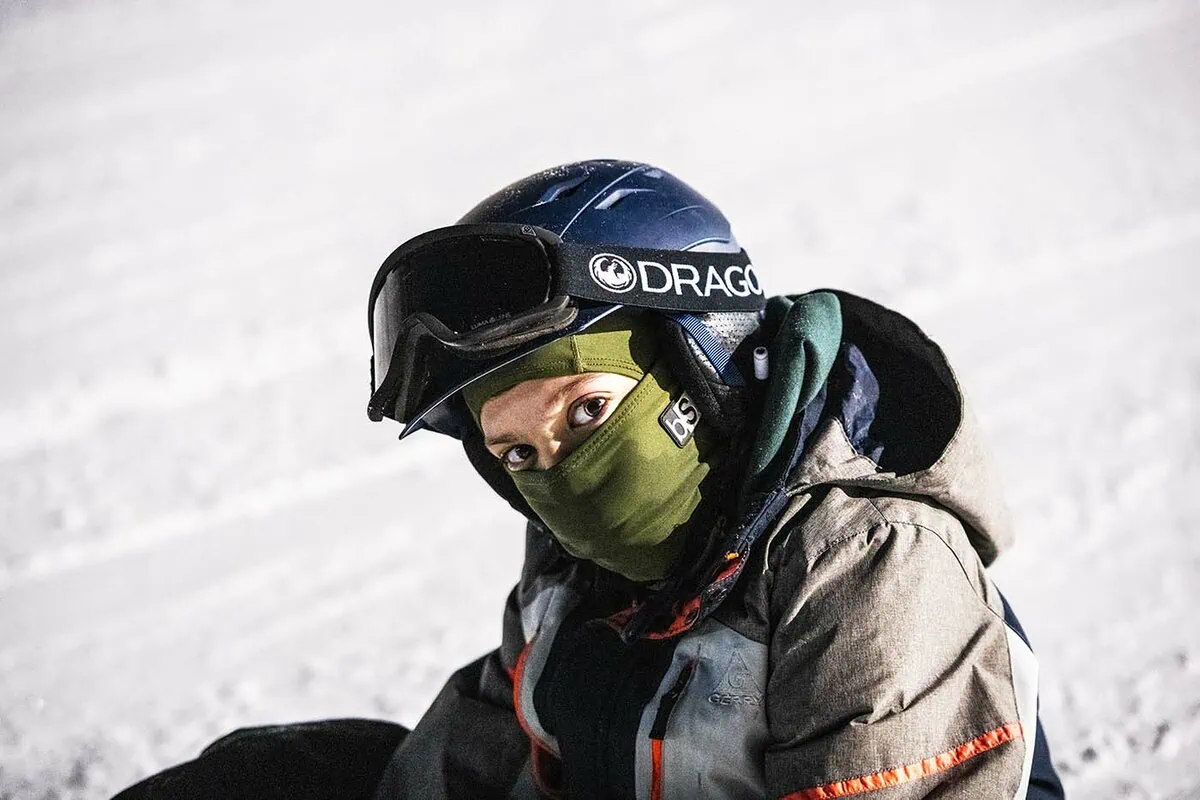
What to Wear on Your First Snowboarding Trip
Of course, you’re going to want to bundle up when you’re out in the cold on your first snowboarding adventure, but you also want to be comfortable while protecting yourself from the elements. You don’t need to go overboard, but there are some important pieces you’ll want to stay cozy.
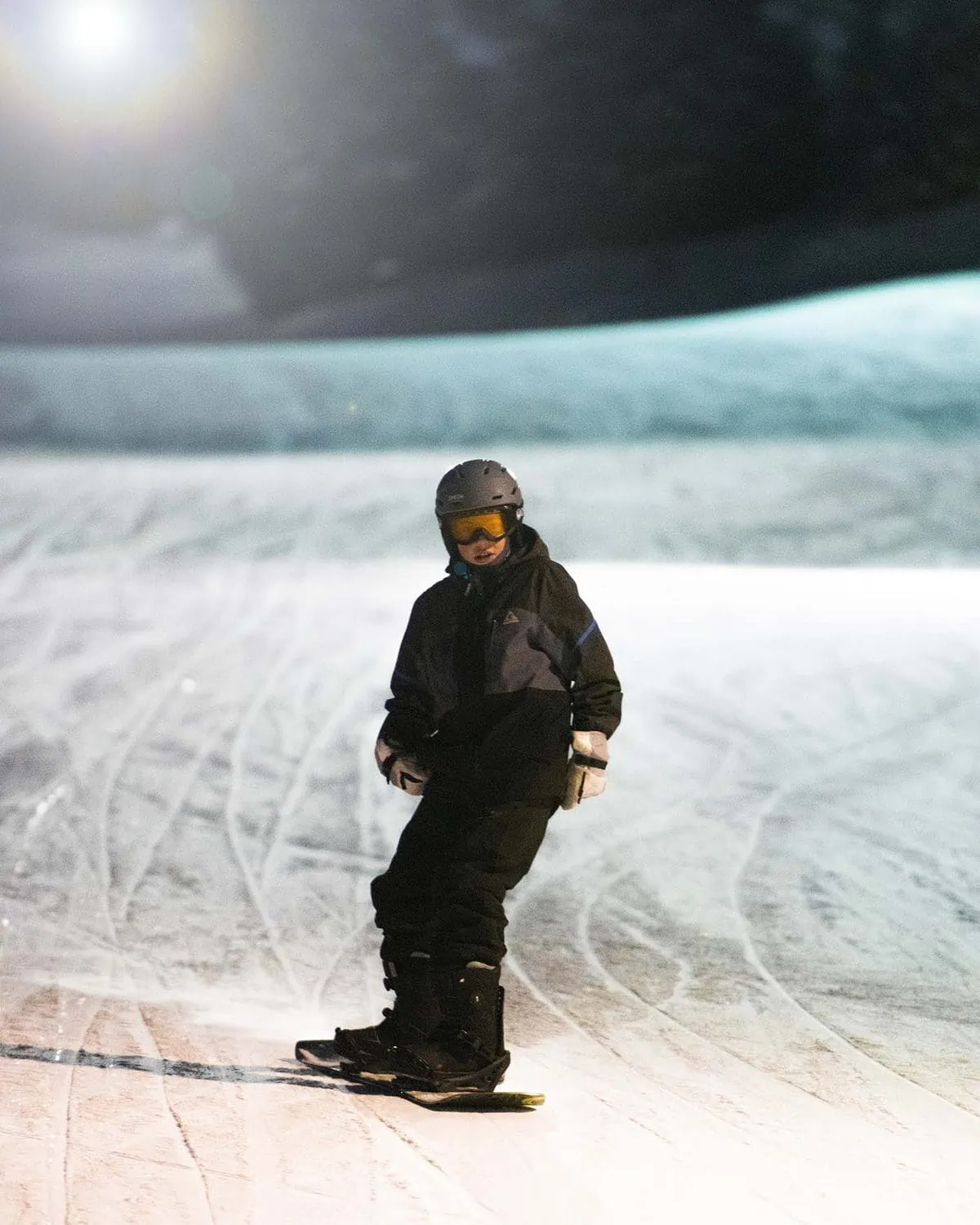
Base layers – Choose a base layer to keep you warm, staying away from cotton and gravitating toward fabrics that won’t get bogged down with water when you sweat.
Waterproof Bottoms – Ski pants or other waterproof pants are also crucial for beginners, as you’ll probably spend a lot of time in the snow with tumbles and spills as you get your footing.
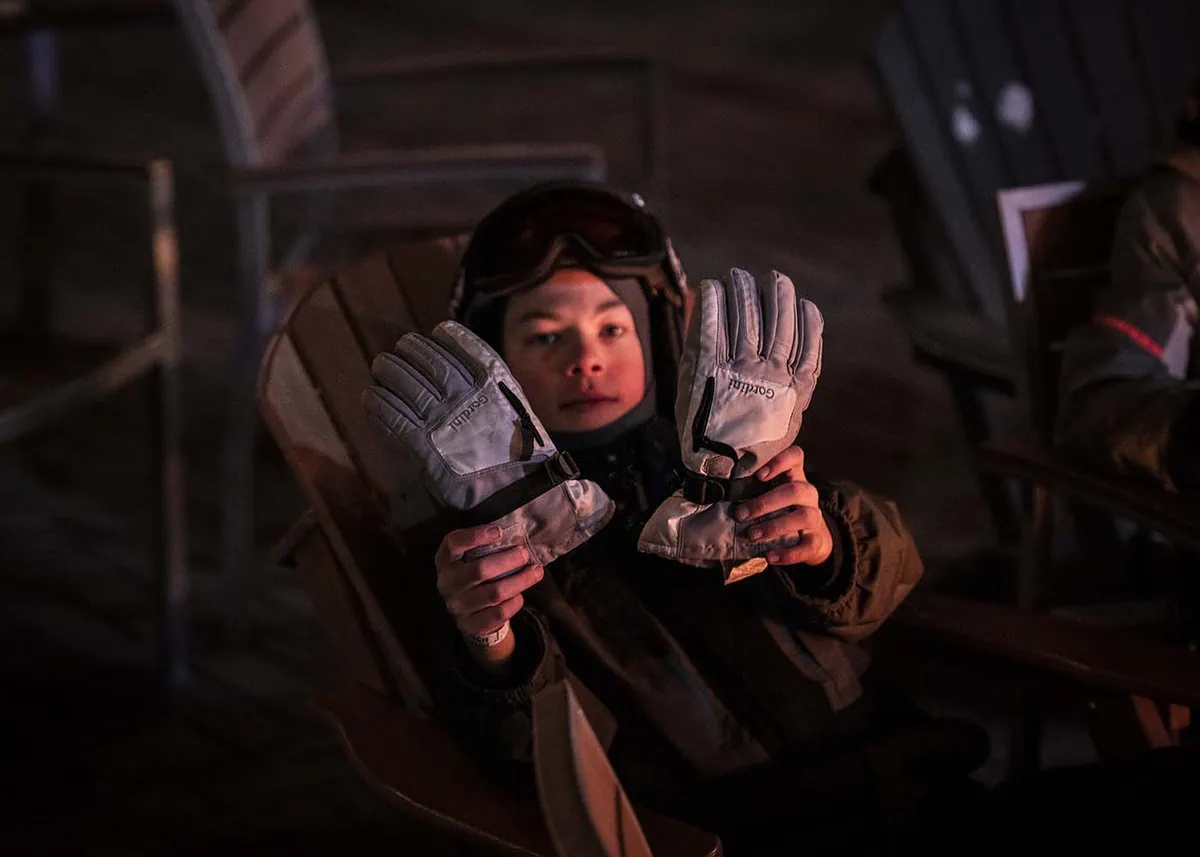
Outerwear – A warm, waterproof coat will keep you warm and dry, as will a good pair of waterproof gloves. Make sure to top it off with a hat to keep your head and ears warm.
Sign Up for a Snowboarding Lesson
It’s always a good idea to get the help of an experienced snowboarder when first starting out. If you’re not heading out on your first trip with a buddy who knows the ropes, signing up for a lesson or two can make a huge difference in how quickly you pick up your new sport and in your overall enjoyment level as a beginner. It can also help you avoid biting off more than you can chew by taking on a slope you’re not ready for and ending up in a dangerous situation.
Most resorts offer group and private lessons with experienced, certified instructors. In some locations, you can even purchase a package that includes equipment rental, lessons, and your slope pass. If your resort does not offer lessons, typically they will have local instructors where they’ll refer their guests.
Take Things Slow on the Slopes (and More Tips for New Snowboarders)
Before anything else, learn how to fall and how to get up. Flailing around, trying to get back up on your feet is only funny the first couple of times and then becomes frustrating. You’re probably not going to avoid falling down so at least master getting back up quickly.
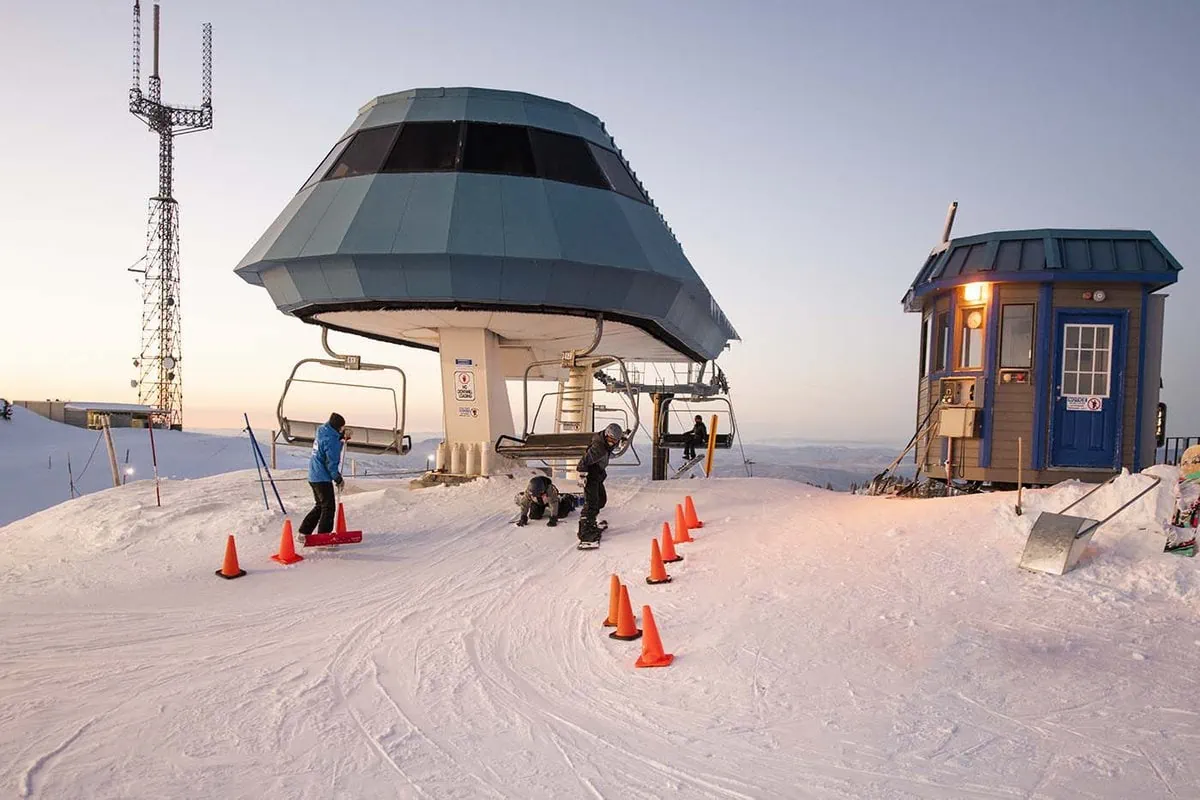
Balance is the name of the game when you’re getting started with snowboarding. Until you learn to balance, falls might be frequent. If you want to practice balance before you head out, invest in a balance board to use at home.
Give yourself plenty of time to practice the basics before you jump on the lifts for the bigger slopes. Make sure you’re confident in your ability to turn and stop, plus you’ve gotten a feel for balancing before taking off for It can be so tempting to jaunt off with your friends who have more experience, but you don’t want to end up on a hill that you’re not quite ready to handle.